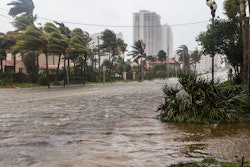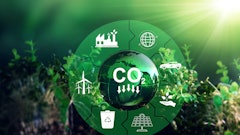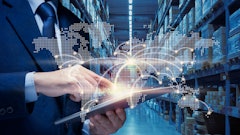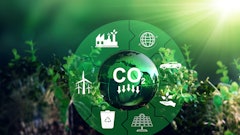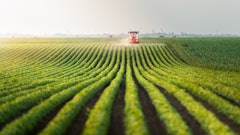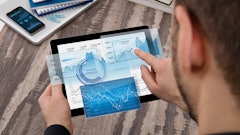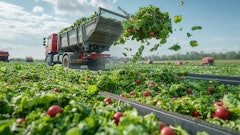
As the global trade landscape continues to evolve, Brazil finds itself at a strategic inflection point. With traditional powerhouses such as the United States, China, and the European Union navigating geopolitical tensions and logistical disruptions, new opportunities are emerging for Brazil, and other countries, to diversify its export base, particularly toward fast-growing regions in the Middle East, Southeast Asia, and parts of sub-Saharan Africa, according to MTM Logix.
Data from the United Nations Conference on Trade and Development (UNCTAD) indicates a 15% increase in intra-regional trade among emerging markets over the past decade, underscoring a broader global shift toward trade diversification and the strengthening of regional blocs.
“Southeast Asia and the Middle East are among the fastest-growing importers of agricultural goods, minerals, and processed foods, sectors where Brazil holds a natural competitive advantage,” says Mario Veraldo, logistics specialist and CEO of MTM Logix. “The Middle East, for instance, is significantly increasing imports of ready-to-eat food and agricultural inputs. This is a clear opportunity for Brazil to move further up the value chain.”
Key takeaways:
· Africa is also drawing attention, mainly due to its rapid population growth. However, limited purchasing power in many regions remains a challenge for broader-scale investments in the near term.
· As globalization enters a more fragmented and regionalized phase, logistics strategies are becoming increasingly decentralized with the emergence of “Secondary Zone Logistics Infrastructure” (SZLI), a system in which alternative ports and inland logistics hubs help ease the burden on overstretched megacenters.
· While predictive analytics and real-time tracking are already standard among global supply chain leaders, the next frontier lies in onboarding small and medium-sized exporters.
· Although Brazil remains a global leader in commodities such as agriculture and mining, it still lags in exports of higher-value goods. There‘s progress in Brazil’s gradual shift from raw meat exports to value-added products like ready-to-cook foods.
· Modernizing trade infrastructure goes beyond physical assets like roads and ports. It must also include digital systems, streamlined regulations, and tech-enabled solutions that meet the standards of today’s global buyers.







